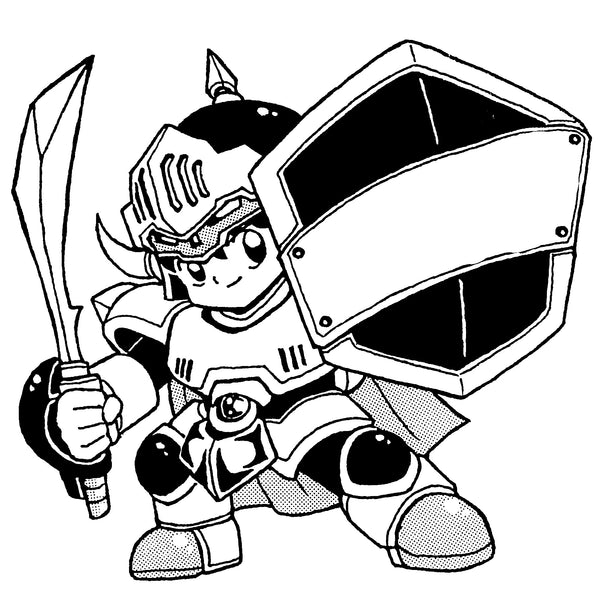Part 4: "Lateral Thinking with Withered Technology" - A Genius's Counter-Intuitive Idea

"Bring the excitement of arcade games into the home. And at a price anyone can afford." This directive from President Yamauchi to the development team was, for the technology of the time, an almost impossible demand. The team was stumped by this contradiction.
What saved this desperate situation was Gunpei Yokoi's famous philosophy: "Lateral Thinking with Withered Technology." This is the idea of "not using cutting-edge, expensive technology, but instead taking technology that is already widespread and cheap (withered) and combining it in a completely new way (lateral thinking) to create new value."
This counter-intuitive approach became the compass that made the miracle of the Famicom—"high performance, yet low price"—a reality.
Part 5: The Fateful Colors of Red and White

The Famicom's iconic "red and white" coloring and its friendly, toy-like design are further proof that Nintendo was, at its heart, a "toy company."
As a result, the color scheme gave children the impression of a warm, "family tool," setting it apart from the cold "electronic devices" that came before it. The design, which allowed controllers to be stored on the sides of the console, and the robust structure that could withstand rough handling of cartridges, were all deeply engraved with the love and philosophy of a toymaker who wanted "children to play safely, for a long time."
Part 6: The Battle with the "Devil" CPU

However, the path of development was not smooth. The biggest wall was the CPU, the heart of the machine. To perfectly replicate the arcade version of "Donkey Kong" at home, the team, led by Masayuki Uemura, worked tirelessly to tackle this challenge.
After countless failures and trials, they finally succeeded in taming the CPU, which was so finicky it was even called the "devil" by engineers.
And this is precisely why we don't see old games as mere "things." The story underneath the finished product—the sweat, tears, and tenacity of the creators. When you can see that, the value of the game shines many times brighter. What we want to deliver to our customers is not just a game. It is the "soul-stirring catalyst" that brings out the original brilliance of that game to its fullest.
(To be continued in Part 3: And Then, a Legend Was Born)
